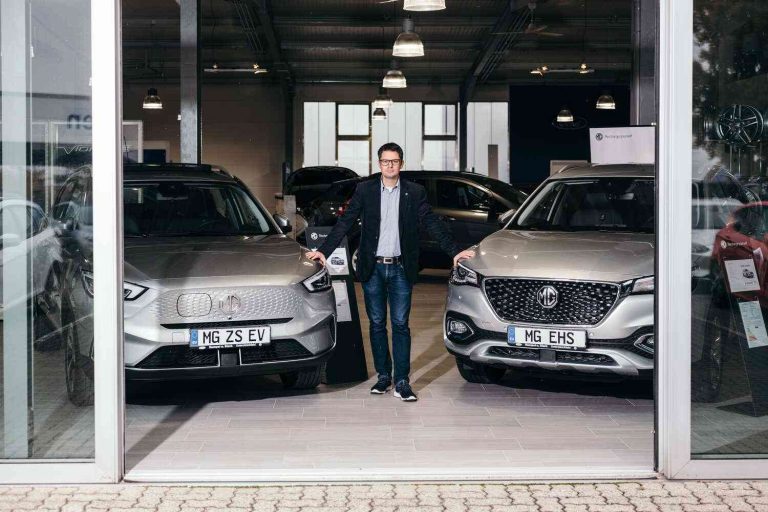There are a number of factors weighing on the U.S. motor industry, from the looming end of the trucking industry’s internal combustion engine to regulations aimed at boosting battery costs and driving down the use of fossil fuels. But with the world getting ready to transition to electric cars, European automakers could soon be faced with a very real challenge from Beijing.
The logic behind the Chinese government’s ability to spur growth in electric vehicle sales is pretty simple. These green cars emit relatively little pollution and are generally easy to repair. At present, China’s EV market has been driven by subsidies provided by the provincial and municipal governments, and often with support from Beijing, which is currently spending nearly $300 billion over the next decade to increase electric car sales.
Even more crucially, electric vehicles aren’t subject to the same pollution limits that traditional cars must adhere to. The two biggest sources of air pollution in China are the burning of coal and the burning of fossil fuels like gasoline and diesel. As electric vehicles have become more popular in Beijing, car sales have risen to record levels in recent years, and pollution levels have plunged.
China is so focused on increasing the sales of EVs and combining its vast EV manufacturing base with fuel-efficient gas and diesel cars that it has been willing to make unpopular policy choices. Over the past year, for example, Beijing has been considering a recent ban on urban private car sales and a sales tax increase for fuel-guzzling vehicles. In addition, it has relaxed restrictions on the use of market-distorting subsidies to encourage EVs by offering parking slots for high-volume car purchases and tax holidays for purchasers who upgrade to cars powered by electricity.
Over time, changes like these could spell the end of gasoline-fueled cars on the streets of many major cities in China, and ultimately for many around the world. “Achieving a million EVs for every million auto sales in China will take 10 to 15 years,” said Michael Boskin, a former chairman of the White House Council of Economic Advisers and a leading advocate for electric vehicles. “There’s no question that’s the goal. The longer that happens, the better the situation is for the U.S.”
While the U.S. is a much larger market, it is difficult to say whether it would be good for sales if EVs were allowed into China, or if the incentives could spread and promote more sales here. China has the world’s largest electric vehicle market, with an estimated 17 million in 2015. European manufacturers led by Daimler, Volkswagen and Volvo all have a big presence in the EV market there, but their sales are small relative to overall auto sales.
The U.S. is also a much smaller market than China. Last year, China’s EV sales accounted for 6 percent of the global market, compared to 7 percent for Europe and 9 percent for the U.S. that year. Even with these economies of scale, some argue that U.S. sales of electric vehicles are the key to convincing customers to switch to more efficient ways of running their cars.
“If you want your sales to be higher, you’re going to have to have substantial subsidies,” said Bergkamp, who was recently tapped by the International Council on Clean Transportation to head a task force dedicated to researching the auto industry’s contribution to pollution. “If your sales are low, you don’t need the subsidies.”
The U.S. market has produced a handful of electric vehicles, including the Tesla Model S and the Chevrolet Bolt. But like many other manufacturers, Tesla has a tendency to step on its partners’ toes when it comes to developing EVs and launches vehicles without sufficient competition.
American automakers often struggle to meet demand for products not produced at massive factories in China, and some of those companies are already looking to export those products overseas. Ford, for example, is in talks with seven Chinese provinces about selling their EV models. Meanwhile, the shift to electric vehicles has driven Volkswagen to establish a partnership with Mitsubishi Motors and Jaguar Land Rover to pool their resources and learn from each other’s technology.
Jaguar Land Rover CEO Ralf Speth recently told investors the two companies would be focusing on selling high-end EVs with battery range of more than 200 miles, significantly less than the 500-mile range offered by Tesla’s Model 3. “At the moment, we have to see how we can solve that major difference,” Speth said.
To meet consumer demand, the companies are also focusing on offering more plug-in hybrid models. “The focus on pure battery electric
